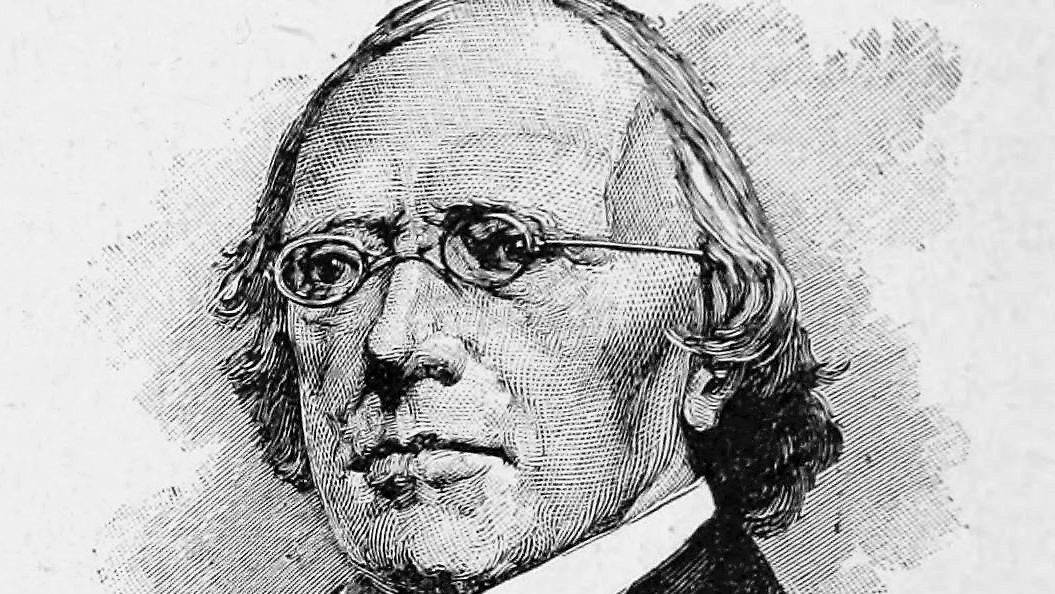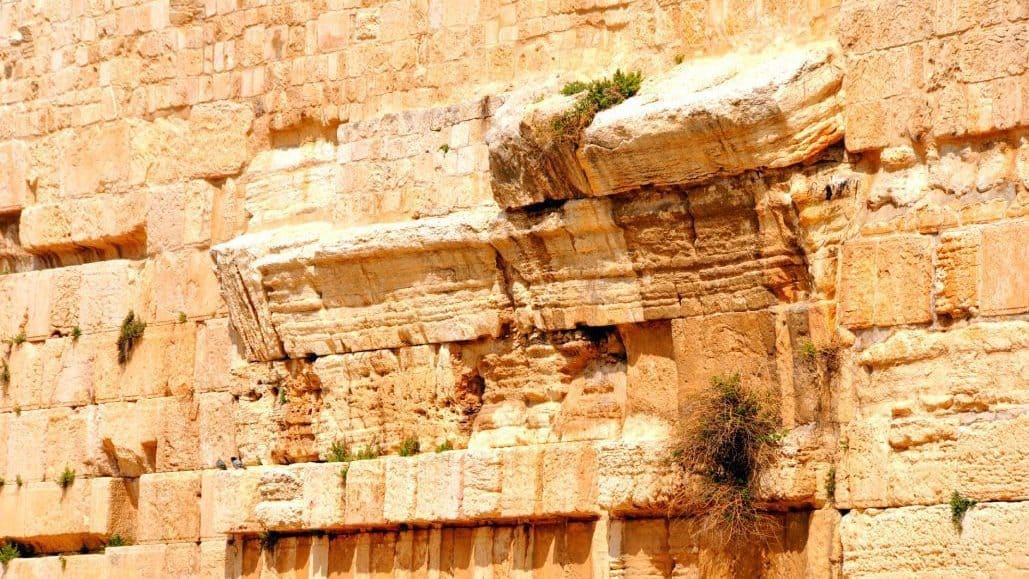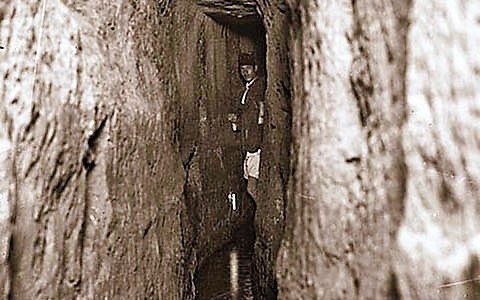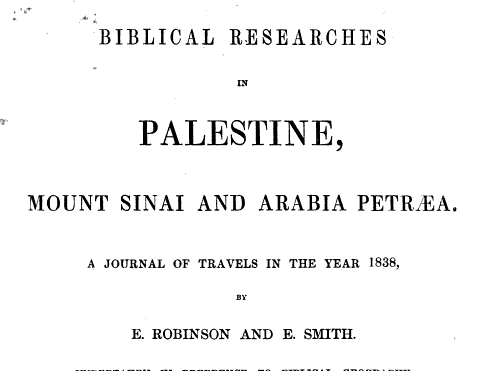Edward Robinson was a pioneering American biblical scholar and explorer who significantly contributed to exploring and understanding Palestine during the 19th century. His extensive travels and archaeological investigations played a crucial role in identifying and documenting biblical sites and landmarks. Here are some key aspects of Edward Robinson’s explorations of Palestine:

Early Life and Education:
Edward Robinson was born on April 10, 1794, in Southington, Connecticut, USA. He studied theology and biblical languages at Hamilton College and Andover Theological Seminary, where he developed a strong interest in biblical geography and archaeology.
Travels in Palestine:
Robinson embarked on a series of journeys to the Holy Land between 1838 and 1856. His travels were extensive and covered various regions of Palestine, including Jerusalem, the West Bank, Galilee, and the Negev Desert.
Davidson Center

Topographical and Archaeological Research:
Robinson’s primary objective was identifying and locating biblical sites mentioned in the Old and New Testaments. He meticulously documented geographical features, ancient ruins, and landmarks, comparing them to biblical descriptions.
Siloam Tunnel

Credit: Tamar Hayardeni from Hebrew Wikipedia, CC BY-SA 3.0, via Wikimedia Commons
Collaboration with Eli Smith:
Robinson collaborated closely with fellow American missionary and scholar Eli Smith. Together, they conducted surveys, compiled geographical data, and produced detailed maps of the Holy Land.
“Biblical Researches in Palestine”:
Robinson’s most famous work, “Biblical Researches in Palestine, Mount Sinai, and Arabia Petraea,” published in three volumes between 1841 and 1856, remains a seminal resource for scholars and explorers. It detailed accounts of his travels, archaeological findings, and biblical identifications.

Identification of Sites:
Robinson’s research led to the identification of numerous biblical sites and landmarks, including the biblical cities of Beersheba, Hebron, and Bethel.
Recognition and Legacy:
Robinson’s meticulous scholarship and contributions to biblical geography earned him recognition and respect in academic and theological circles. His work laid the foundation for further exploration and research in the Holy Land.

Later Life:
Edward Robinson continued his academic pursuits and teaching career, becoming a professor of biblical literature at Union Theological Seminary in New York City. He passed away on January 27, 1863.
Edward Robinson’s explorations of Palestine left an indelible mark on biblical geography and archaeology. His dedication to identifying and documenting biblical sites remains a testament to the enduring quest to understand the historical and cultural context of the Holy Land. Robinson’s work continues influencing scholars and researchers interested in the region’s rich history.







